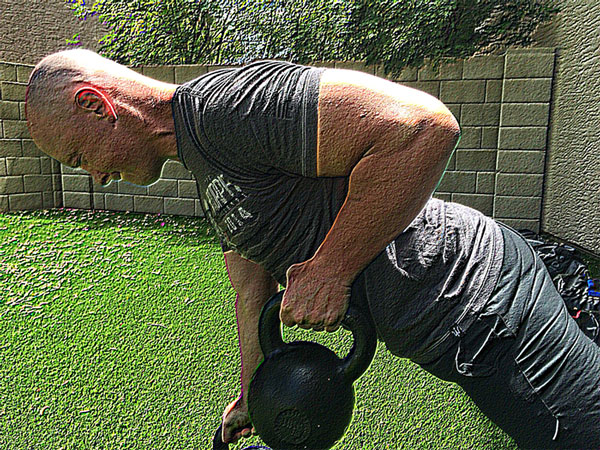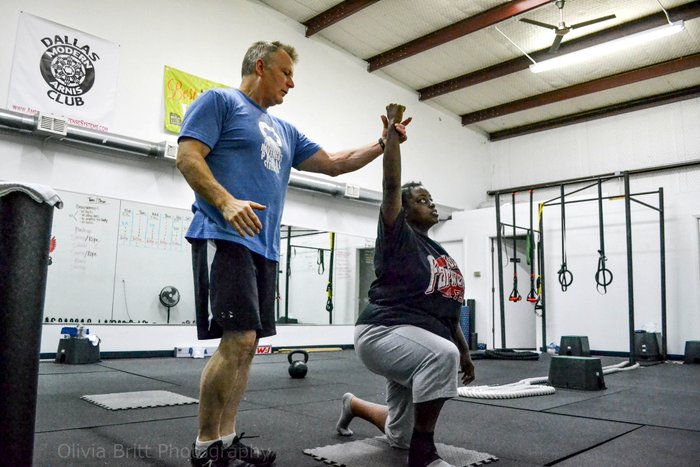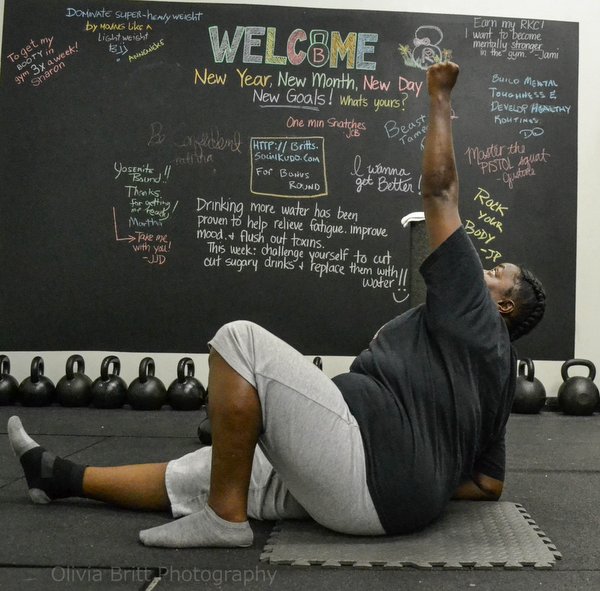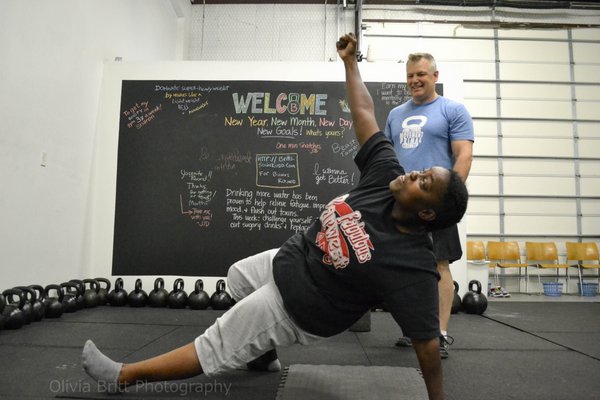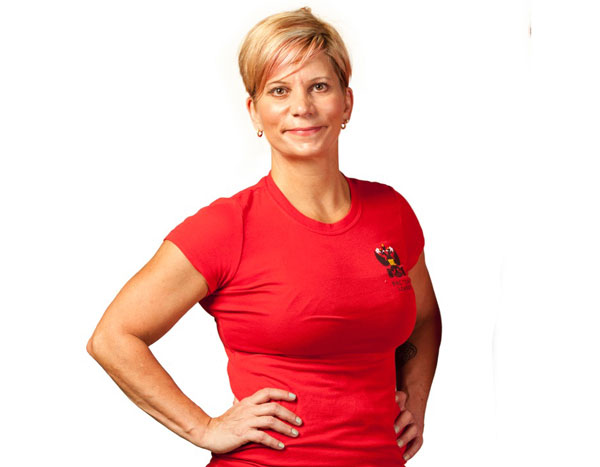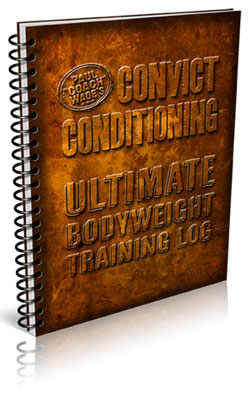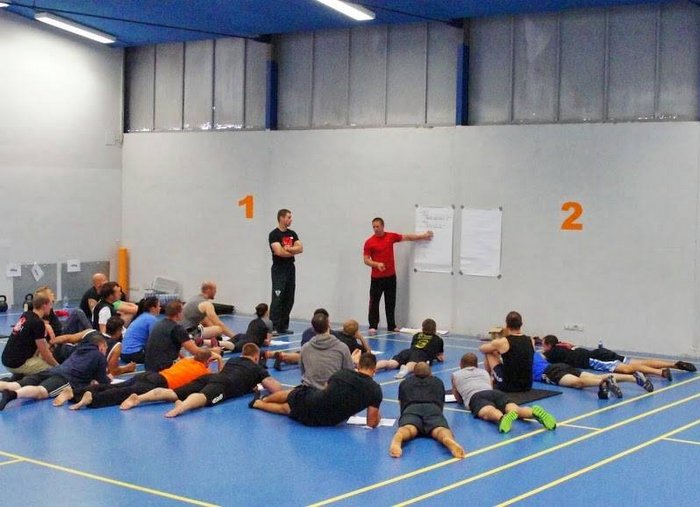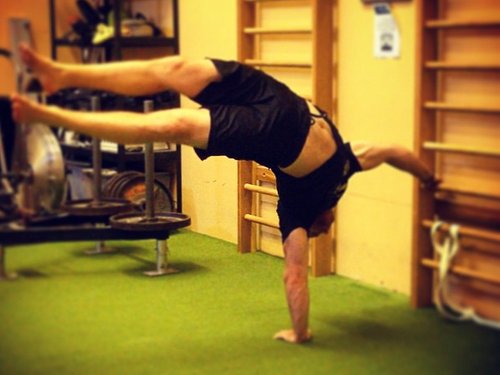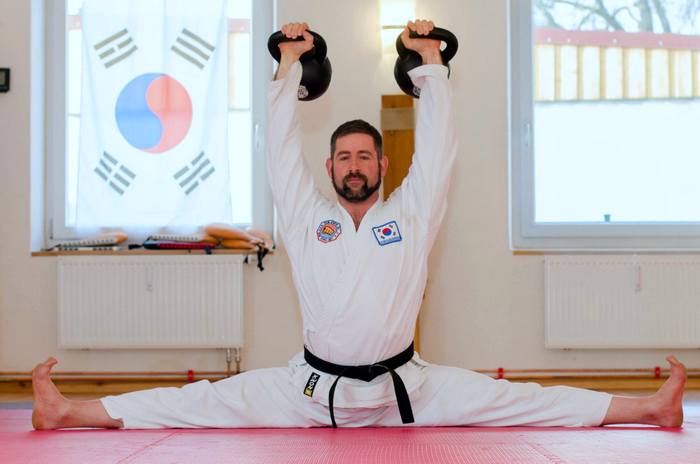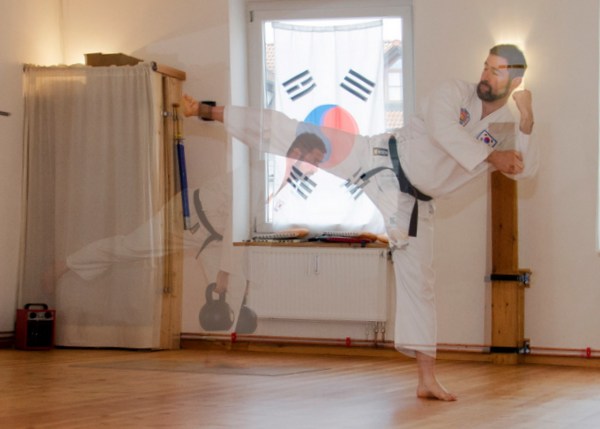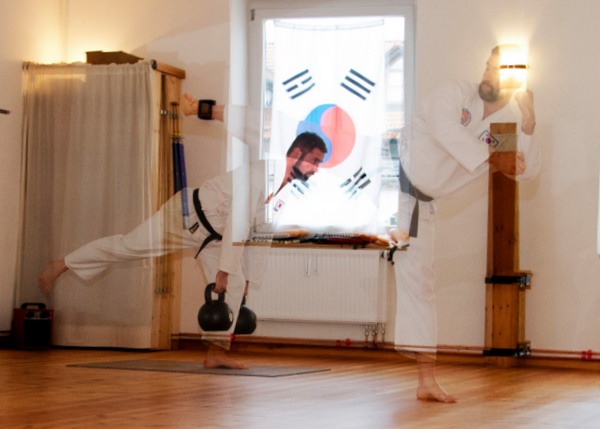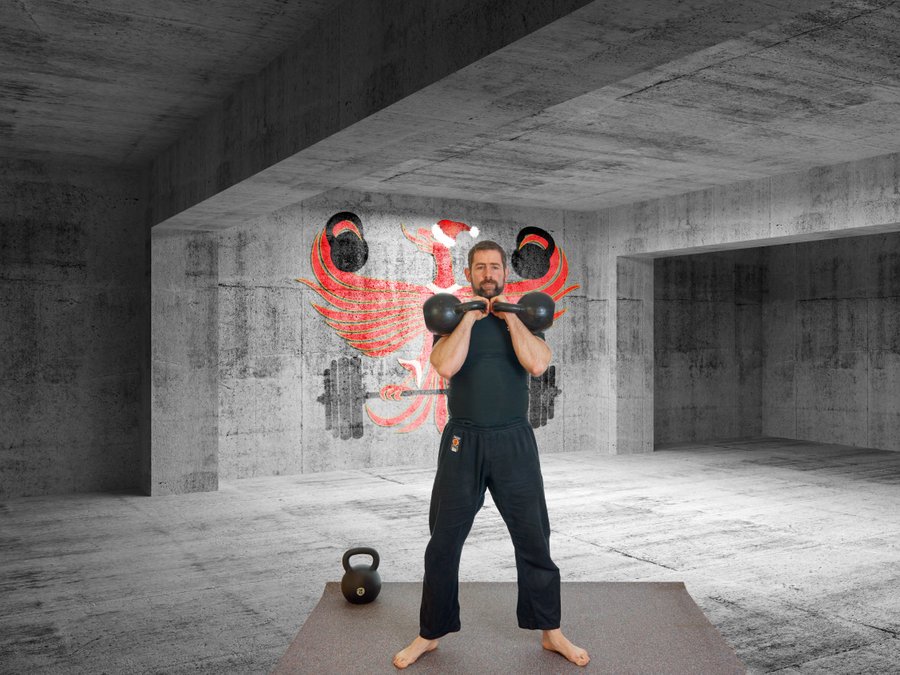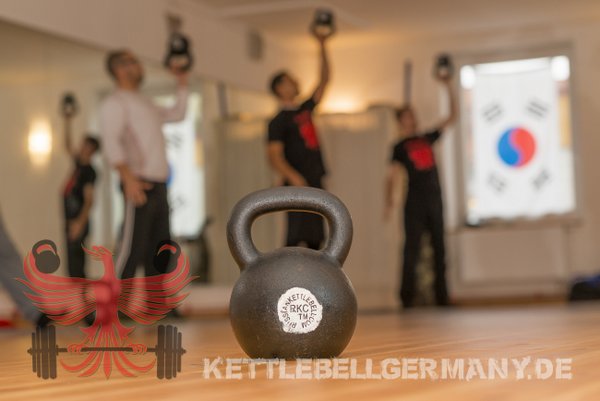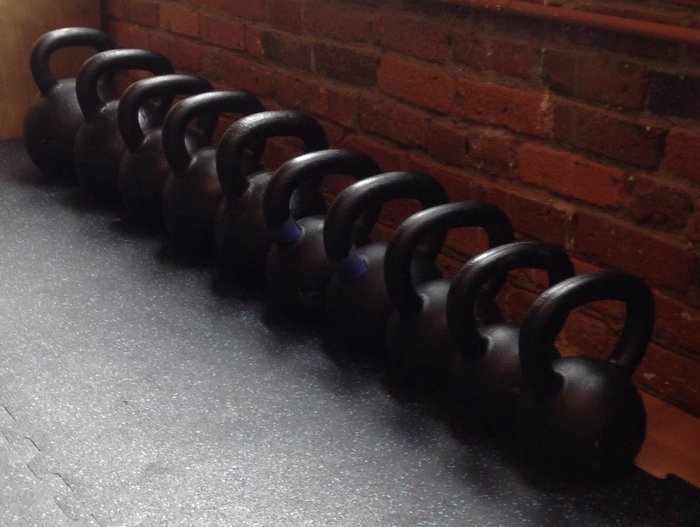
Eight months ago, I began a new chapter of my coaching career. I became the Health and Wellness Manager at a Boston-based company’s trendy headquarters—complete with an in-office gym. Before now, I had never considered myself qualified for this type of role. It was a totally unique way to help people. I had constantly tried to help family members who sat long hours at their desks with their back pain, but my instructions to move around every sixty or ninety minutes often fell on deaf ears. Being an in-house Health and Wellness Manager meant the chance to help whole teams of people during their workday. Feeling confident that I could make a difference, I took the interview. It was one of the smartest decisions I have made as a trainer.
As a kettlebell instructor, “personal trainer” and “coach”, I never would have imagined that I could help a company work better, and improve how its employees work. [Disclaimer: I had never before worked a day in an office, and felt like a fish out of water.] I knew very little about business outside of what I had been exposed to at my first gym, and from running my own gym. But, I did know that I could leverage my knowledge and beliefs forged from my RKC, and most recently my RKC-II, to make an impact on this company’s fitness and overall health. And so, I began my mission to introduce kettlebells and swings to a group of tech and business wizards who were mostly unfamiliar with fitness.
Getting Started
One of the biggest perks of working in-house is the tremendous amount of artistic license and control over the program you develop, how you reach your clients, and how much of an impact you can make. I was surrounded by hard working employees ranging from 22-60 years old, all of whom were hunched, exhausted, and headed down the road of prescriptions and pain.
The company had no idea what they wanted me to do—which was liberating, but also frightening. The only restriction was the size of their pre-existing gym. It was set up with all of the latest and greatest fitness equipment: Bosu balls, dumbbells from five to fifty pounds, a smith machine, a few boxing bags, and a treadmill. I had to be creative, and decided to teach my new (and quite resistant) clients the skills they needed to live a healthier life. My tool of choice was the kettlebell. I knew that I could implement this in a large class setting or one on one and get the same great results. The plan was to run a beginner’s class for those who were looking to get back into the swing of things—no pun intended—and for those that were new to fitness. Initially, we ran another class too, but quickly needed to add a third for another level of skill and strength. This class allowed for the more advanced employees to continue refining their skills, while the others were improving their basics.
Coaching in a Different Realm
The true role of a coach is to figure out how to help the people you are coaching perform at their best. And it was also important to recognize that health and fitness were not big priorities for most of the company. Trying to connect with my new clients was difficult, it was a completely different dynamic than working with a motivated client who has personally hired you to get them into shape. At times, it was completely demoralizing!
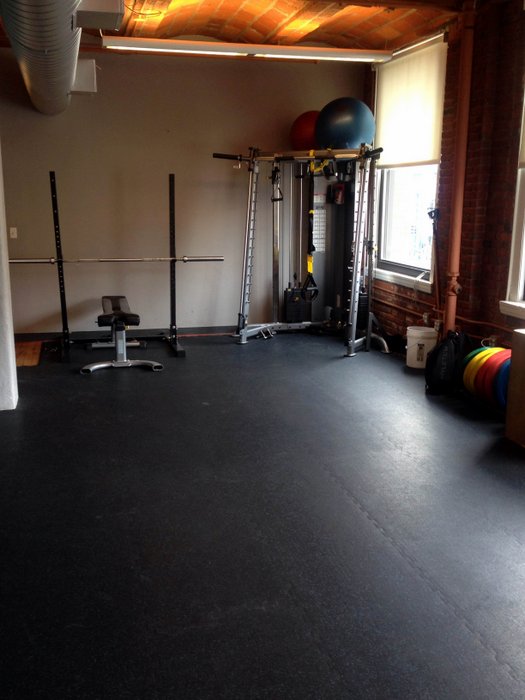
Implementing a Plan and Call to Action
A call to action and buy-in process was my first priority. I met with as many people as possible for their individual movement screens, to discuss their personal goals, and to find out how they thought I could help their department and the company as a whole. When I compiled my notes, I clearly saw that my instinct was correct—kettlebells would undoubtedly benefit this group. They all needed and wanted general strength and conditioning, and to keep off the pounds. The older employees who may have had a recent injury or were dealing with chronic pain wanted to get rid of that pain. So, for the next week I moved twenty two of my personal kettlebells (which ranged from 12kg up to 48kg) to the office gym. I got more than a few confused looks while walking through the streets of downtown Boston!
As an RKC, I knew that not everyone would be ready for swings right away, and I did not expect them to just jump in and deadlift from the floor. At first, the most important thing was that they bought into the idea that proper training and improving the way they moved was more beneficial than getting put through the wringer for an hour. All of them expected that a session would leave them in a pool of sweat, and that they would wake up the next day worse than the day before. Because they thought that fitness was all about gasping for air on the floor at the end of the training session, they expected to be sweaty, sore, and buried!
The RKC system has and continues to provide the employees a new understanding of the benefits of actual training. To date, I have been able to incorporate the big six of the RKC (swing, squat, clean, press, get-up and snatch) with some of the more advanced and dedicated employees, while the new and intermediate employees are still reaping the benefits of deadlifts, swings, squats, get-ups and light single arm pressing. They have accomplished great things—pressing the 24kg to completing pistols. Our CEO—who didn’t quite understand why I was having him swing or do get-ups at first—has been on a heavy dose of get-ups, swings, arm bars and other mobility work I learned during my RKC-II.
The goal of the health and wellness program is not to simply make people as strong as possible, even though some of them are really excelling. Our goal is to create a comfortable, healthy atmosphere where people strive to improve themselves on both a personal and professional level. Equally as important, I aim to educate each employee to safely and successfully perform movements that improve their fitness and quality of life.
I urge all RKC Instructors to look for opportunities to challenge their coaching abilities outside health clubs, gyms, and studios—and to spread the RKC message to those who might not otherwise have the opportunity to experience it. I have learned more about myself as a coach in the past nine months than I ever did while working at a conventional fitness facility. I am continuing to expand my comfort zone to include situations like speaking in front of the company, working with new issues presented by different employees, and learning how to build relationships that will inevitably grow my own business.
****
Dan Mahoney, RKC-II instructor, can be contacted by email: danm17@gmail.com
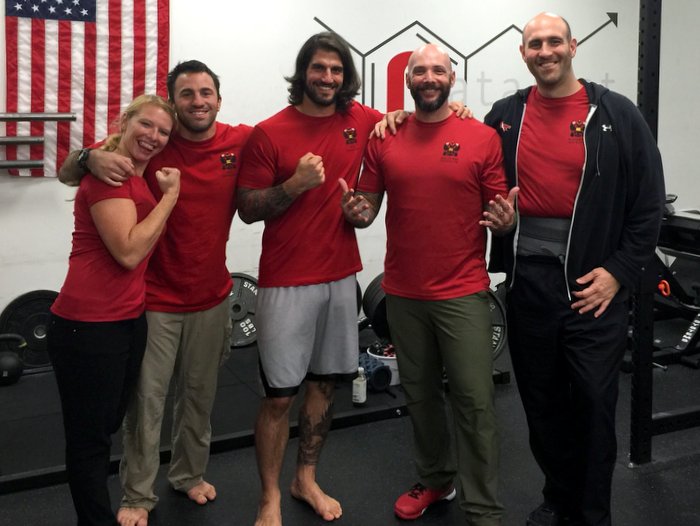
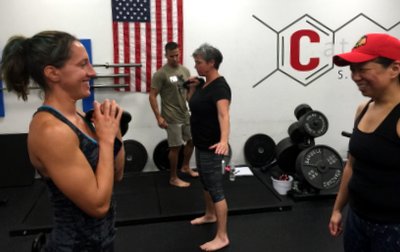

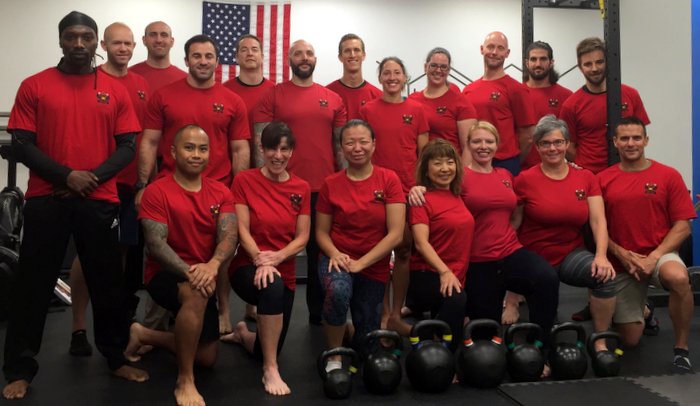


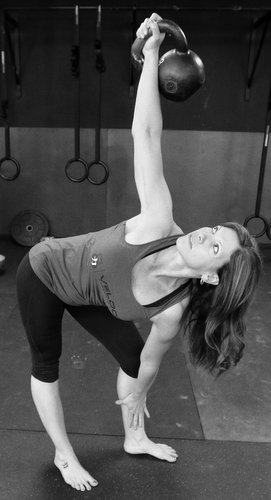 Being mindful requires an attentiveness that helps us recognize the conditions around and within us. Most people are not really “there” most of the time. Instead of being present, their minds are caught up in their worries, fears, insecurities, the past, or the future. All of this disconnect and distraction is not productive when we are training. Injuries, poor performance, or just a lousy workout are often side effects of not being fully present.
Being mindful requires an attentiveness that helps us recognize the conditions around and within us. Most people are not really “there” most of the time. Instead of being present, their minds are caught up in their worries, fears, insecurities, the past, or the future. All of this disconnect and distraction is not productive when we are training. Injuries, poor performance, or just a lousy workout are often side effects of not being fully present.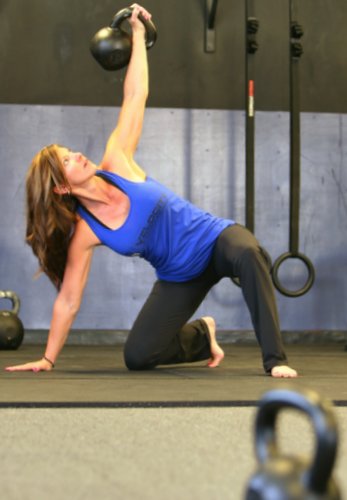 In general, I find that men have a harder time putting their ego aside and dialing back their workouts when they aren’t feeling 100%. Their tendency is often to “push through it”. This is usually when an injury occurs. On the other hand, women tend to fear trying a heavier lift—even if they’re feeling strong. In both situations, it pays to have a
In general, I find that men have a harder time putting their ego aside and dialing back their workouts when they aren’t feeling 100%. Their tendency is often to “push through it”. This is usually when an injury occurs. On the other hand, women tend to fear trying a heavier lift—even if they’re feeling strong. In both situations, it pays to have a 